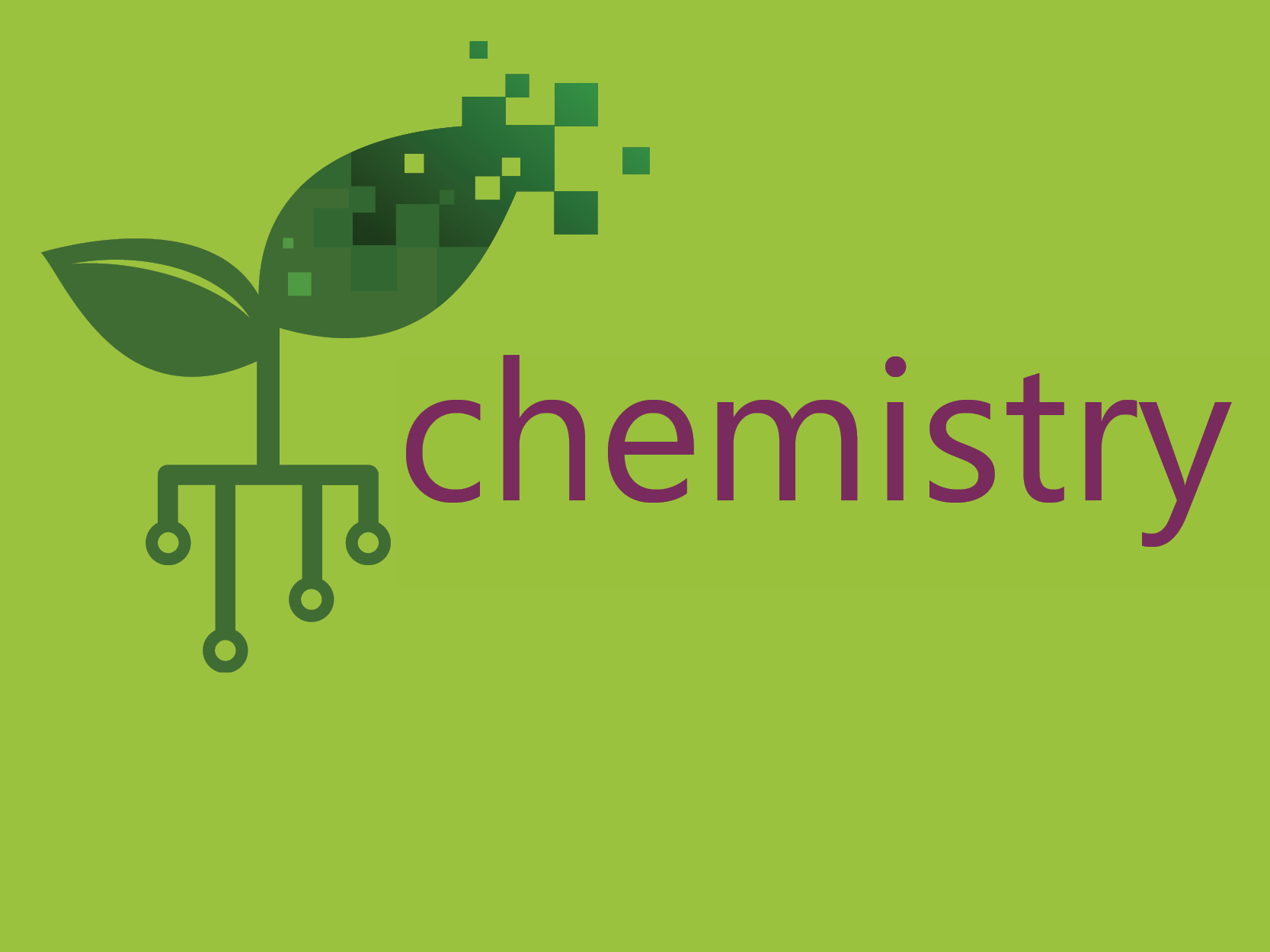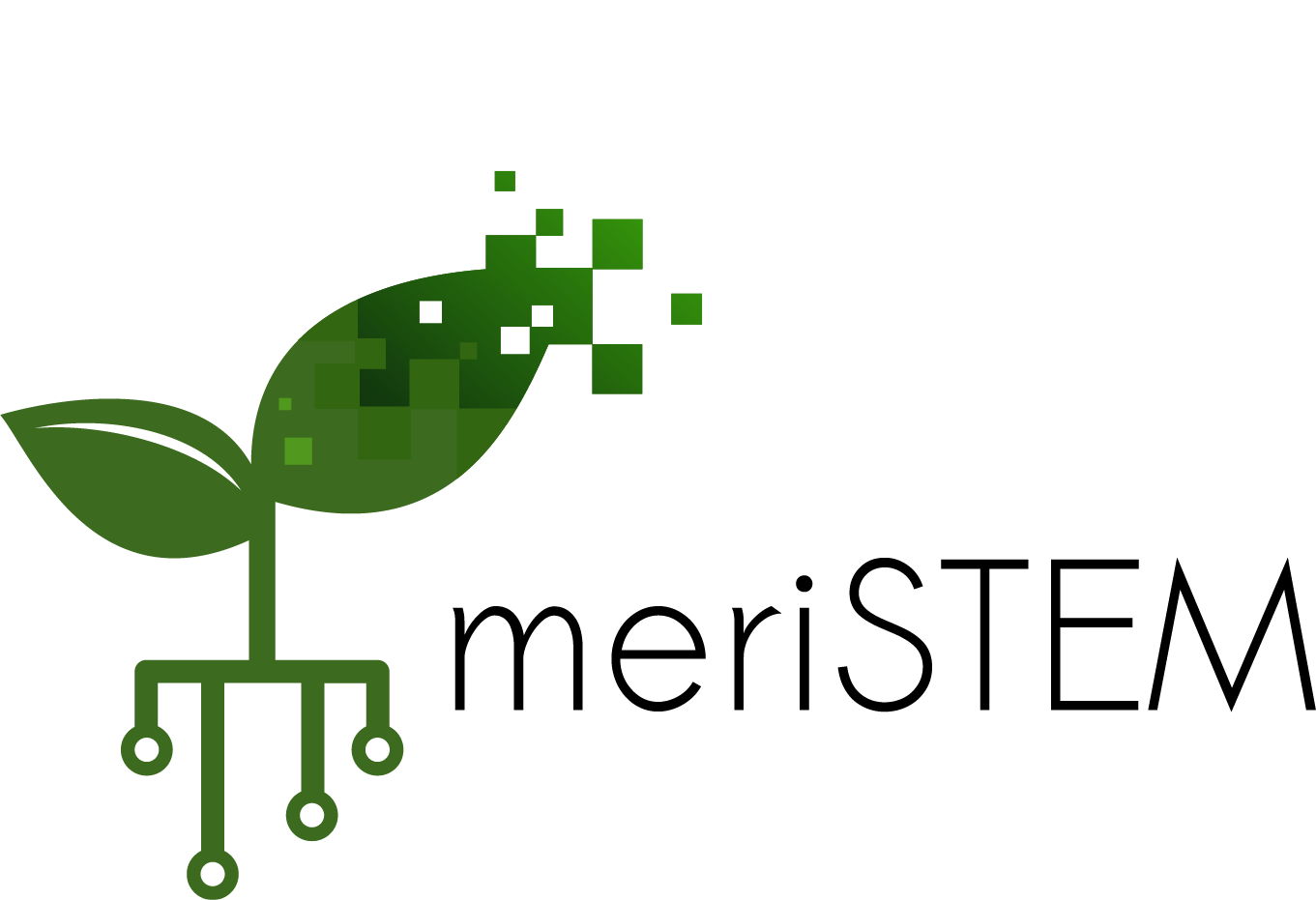The current state syllabus in South Australia and the Northern Territory is different in content and sequence to the Australian Curriculum, however there is much overlap.
These are example schedules to demonstrate the content of the meriSTEM online course as it might map to the SA/NT curriculum.
Stage 1, Topics 1 – 3
SA/NT Topic
SA/NT sub-topics
Use meriSTEM Module
Use meriSTEM sub-topics
Australian Curriculum Chemistry Science Understandings
(Revision)
Science Skills
1. Materials and their atoms
1.1: Properties and uses of materials
Matter and Element
1. Matter & terms, 2. Mixtures
16, 18, 25, 26
1.2: Atomic structure
3. Atoms, 4. Ions, 5. Compounds, 6. Atomic Structure, 7. Electron configuration, 9 Isotopes, 10. Analytical chemistry
16, 17, 18, 19, 21, 22, 23, 25, 30
1.3: Quantities of atoms
Quantities
1. Counting atoms, 2. Mole, mass and volume relationships, 7. Chemical quantities
24, 39, 63
1.4: The periodic table
Matter and Elements
9. Periodic trends, 8. Electron configuration
16, 17, 20, 30
2: Combining atoms
2.1: Types of materials
Bonds
1. Bonding
28, 29, 30
2.2: Bonding between atoms
2. Ionic bonds, 3. Metallic bonds, 4. Covalent bonds, 5. Drawing covalent bonds (Lewis structures), 6. Molecular and lattice structures
27, 29, 30, 31, 32, 33, 34
2.3: Quantities of molecules and ions
Quantities
3. Chemical formulae, 4. Stoichiometry
36, 39
3: Molecules
3.1: Molecule polarity
Intermolecular Forces and Gases
1. Forces inform shape, 3. molecular shapes 4. Bond dipoles
55, 56, 57,
3.2: Interactions between molecules
4. Forces, 5. H bonds and water properties
55, 58, 61, 62
3.3: Hydrocarbons
Bonds
7. Carbon-based molecules, 8. Organic molecules
28, 34, 35
3.4: Polymers
8. Organic molecules
35
Organic Molecules
7. Polymers
127 – 129
Stage 1, Topics 4 – 6
SA/NT Topic
SA/NT sub-topics
Use meriSTEM Module
Use meriSTEM sub-topics
Australian Curriculum Chemistry Science Understandings
4. Mixtures and solutions
4.1: Miscibility and solutions
Solutions and Acidity
3. Dissolving & solubility
65
4.2: Solutions of ionic substances
4.3: Quantities in reactions
Quantities
4. Stoichiometry, 5. Limiting reactants, 7. Chemical quantities
24, 36, 39
Solutions and Acidity
1. Concentrations, 2. Yield
63
4.4: Energy in reactions
Reaction
1. Types of reactions, 2. Energy in chemical reactions, 3.Enthalpy, 4. Heat capacity
36, 37, 38, 39, 71, 72
5: Acids and bases
Solutions and Acidity
4. Acids and bases
66, 67
Acids and Bases
1. Introduction to acids and bases, 2. Neutralisation reactions, 3. Displacement reactions, 4. Further reactions of acids, 5. Models of acids and bases, 6. pH, 7. Strength of acids and bases, 8. Acid base pairs, 9. pH calculations, 10. Volumetric analysis, 11. Acid ionisation constant (Kₐ and pKₐ), 12. Application of acid base techniques, 14. Acid rain
6. Redox reactions
Redox Reactions
Note. As this course was designed around the Australian Curriculum, currently the course does not yet include:
Topic 4: Mixtures and solutions – Miscibility Topic 5: Acids and bases – Conjugate acid-base pairs, strength of acids; monoprotic and polyprotic acids; oxides; pH scale Topic 6: Redox reactions
Stage 2, Topics 1,2
SA/NT Topic
SA/NT sub-topics
Use meriSTEM Module
Use meriSTEM sub-topics
Australian Curriculum Chemistry Science Understandings
1. Monitoring the environment
1.4 Chromatography
Intermolecular Forces and Gases
Chromatography
1.5 Atomic spectroscopy
130
2. Managing chemical processes
2.1 Rates of reactions
Reaction Rates
2.2 Equilibrium and yield
Equilibrium
1. Introduction to equilibrium, 2. Describing equilibrium in chemical reactions, 3. Equilibrium expression, 4. ICE tables, 5. Solubility product, 9. Le Chatelier’s principle, 10. Equilibrium and kinetics
yield
Quantities
2.3 Optimising production
Organic Reactions
12. Synthesis
Note. As this course was designed around the Australian Curriculum, currently the course does not yet include:
Topic 1: Global warming and climate change;
photochemical smog; volumetric analysis; ion chromatography
Stage 2, Topics 3,4
SA/NT Topic
SA/NT sub-topics
Use meriSTEM Module
Use meriSTEM sub-topics
Australian Curriculum Chemistry Science Understandings
3. Organic and biological chemistry
Organic Molecules
1. Hydrocarbons , 1.1 Hydrocarbon structures, 3. Hydrocarbon nomenclature , 4. Functional groups, 4.1 Haloalkanes, alcohols & amines, 6. Biological molecules, 6.2 Triglycerides, 7. Polymers
Organic Reactions
1. Reactions of organic molecules, 2. Addition reactions of unsaturated hydrocarbons, 3. Substitution reactions
4. Fuels5. Reactions of alcohols , 6. Reactions of esters & aldehydes, 7. Reactions of aldehydes, 8. Reactions of acids, 9. Saponification ,11. Organic chemistry reaction pathways , 12. Synthesis
4. Managing resources


